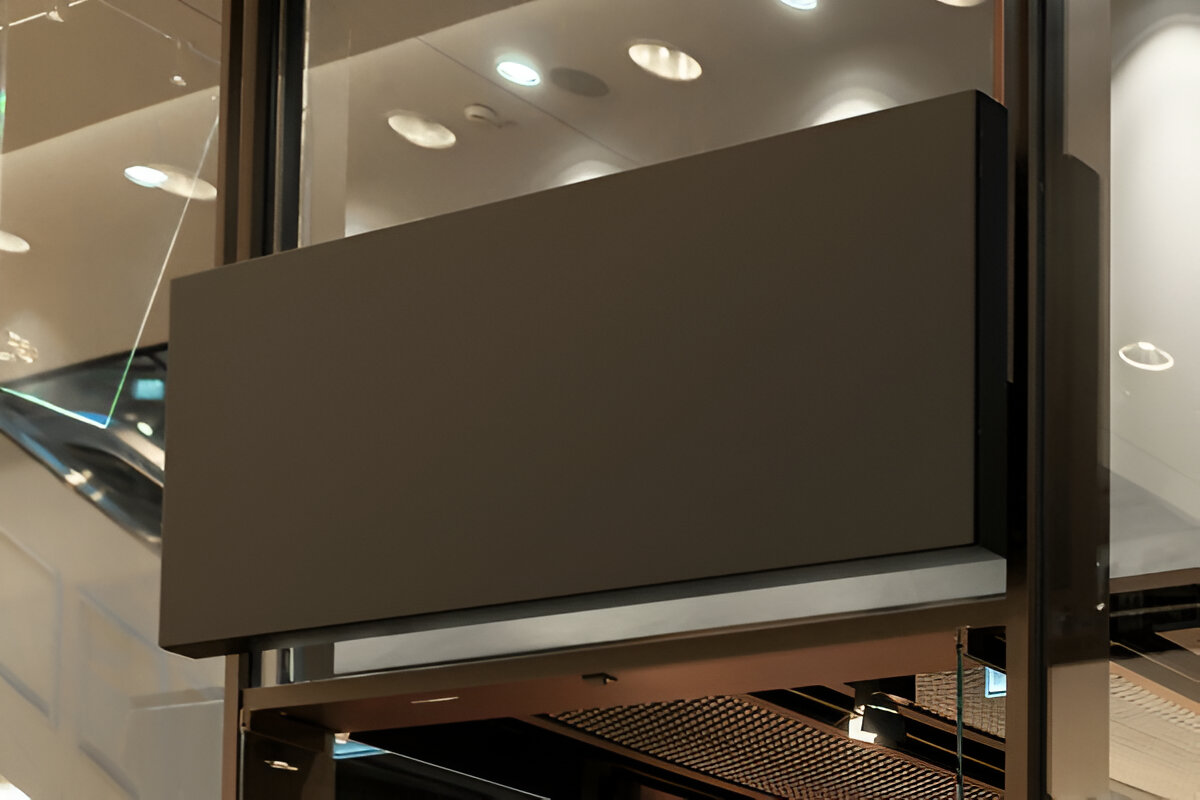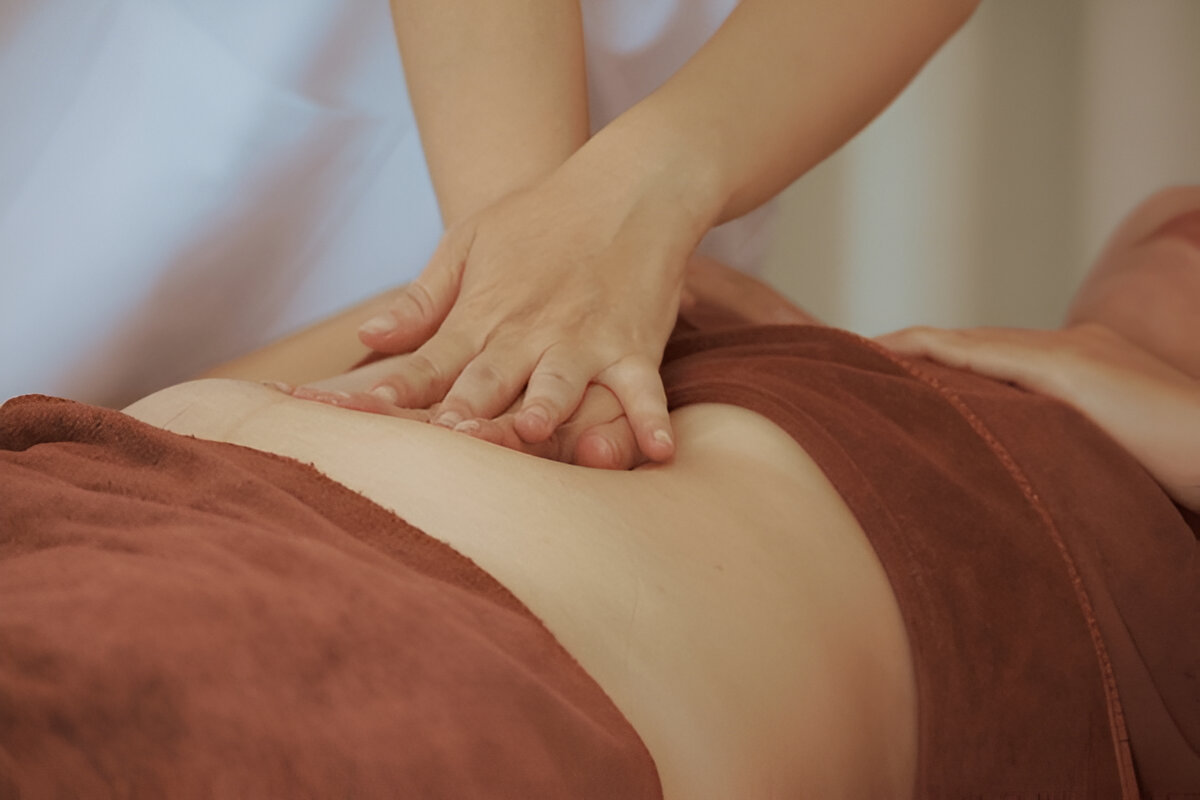Introduction: The Sparkle Behind the Screen
A ring glimmers under studio lights. A necklace shines on soft velvet. For centuries, jewelers struggled with one thing—how to capture that magic in a photograph. Jewelry is tricky. Small, reflective, detailed. Traditional photography required expensive cameras, lighting setups, and endless retouching.
But something new has entered the scene AI jewelry photography. It promises sharper details, perfect lighting, faster edits. No need for complex studios. Just smart software guiding every shot.
So, what is it? How does it actually work? And is an AI photo editor really the future of jewelry images? Let’s break it down.
What is AI Jewelry Photography?
AI jewelry photography is the use of artificial intelligence tools and algorithms to capture, edit, and enhance images of jewelry. Instead of relying only on human photographers, the system “learns” how jewelry should look.
- It adjusts lighting automatically.
- Removes unwanted reflections.
- Sharpens gemstones without distorting colors.
- Creates backgrounds that make jewelry pop.
In simple words: it’s like having a professional studio inside your computer.
Why Jewelry Photography is So Difficult
Before diving deeper, let’s understand the pain points. Jewelry photography is not like shooting shoes or clothes. It has unique challenges:
- Tiny details – Gemstones have micro-cuts that sparkle differently from every angle.
- High reflection – Metals reflect cameras, lights, even the photographer’s face.
- Color accuracy – Diamonds, emeralds, sapphires—each stone requires precise tones.
- Background distractions – Dust, fingerprints, tiny scratches become visible at high zoom.
In traditional setups, fixing these requires hours of retouching. With AI jewelry photography, much of this happens instantly.
How AI Jewelry Photography Works
The process isn’t magic. It’s technology mixed with data. Here’s how it typically works:
1. Image Capture
You take a photo—sometimes with a phone, sometimes with a DSLR. The AI software reads it.
2. Intelligent Analysis
The AI identifies jewelry parts: metal, stone, background. It knows the difference between a ruby and a chain.
3. Automatic Enhancement
- Adjusts lighting.
- Enhances sparkle.
- Removes smudges.
4. Background & Presentation
Want a pure white background for e-commerce? Or a lifestyle image for Instagram? The AI photo editor switches it in seconds.
5. Export for Platforms
Final image is resized automatically for Shopify, Etsy, or social media.
Benefits of AI Jewelry Photography
Why are jewelers and e-commerce stores adopting it so quickly? Let’s list the big reasons:
- Saves Time – Hours of editing reduced to minutes.
- Consistency – Every product photo looks professional, no mismatched lighting.
- Lower Cost – No need for huge studio setups or full-time retouchers.
- Scalability – Perfect for stores uploading hundreds of items weekly.
- Mobile-Friendly – Some tools even allow editing directly from smartphones.
AI Photo Editor vs. Traditional Retouching
This is where most people get curious. Is AI really better than Photoshop? Let’s compare:
| Feature | AI Photo Editor | Traditional Retouching |
|---|---|---|
| Speed | Seconds | Hours |
| Skill Needed | Beginner friendly | Professional expertise |
| Cost | Affordable tools | Expensive freelancers |
| Consistency | Uniform results | Varies per retoucher |
| Creativity | Limited customization | Unlimited |
For businesses, speed and consistency matter more. That’s why AI jewelry photography is booming.
Who Uses AI Jewelry Photography?
It’s not just big brands. A wide range of people are adopting it:
- E-commerce jewelers – For Shopify, Amazon, Etsy.
- Small jewelry shops – Owners with limited budgets.
- Influencers – Promoting jewelry brands on Instagram.
- Luxury brands – Even high-end companies test AI for faster catalogs.
One story stands out. A small jewelry seller from New York once spent $5,000 a month on professional shoots. After switching to an AI photo editor, she cut costs by 80% and tripled her product uploads. Her sales grew. Customers didn’t notice a difference—they just saw polished, sparkling jewelry online.
What Makes Jewelry Shine in AI Images?
Jewelry images need to sell. It’s not just about clarity. It’s about creating desire. AI tools make sure:
- Diamonds look bright without fake sparkle.
- Gold doesn’t turn orange under bad lighting.
- Silver appears polished, not dull.
- Gemstones keep true-to-life colors.
An AI jewelry photography system is trained with thousands of real-world images. That’s how it knows the difference between a sapphire’s blue and a cheap filter effect.
Best Practices for AI Jewelry Photography
If you’re thinking of adopting it, follow these tips:
1. Use Good Initial Shots
AI enhances photos, but it’s not magic. Blurry shots stay blurry. Always capture sharp images.
2. Keep Lighting Natural
Even with AI, avoid harsh shadows. Soft lighting gives better results.
3. Clean the Jewelry First
AI can remove dust, but starting clean reduces work.
4. Match Platforms
Use plain backgrounds for Amazon. Use lifestyle edits for Instagram. AI editors offer presets.
5. Don’t Over-Edit
The temptation is high. But jewelry should look real. Customers want authenticity.
Future of AI Jewelry Photography
Where is this heading? Experts believe AI will not only edit but also create realistic 3D jewelry visuals. Imagine customers rotating a ring online before buying. Some tools already offer “AI try-on” features.
Also, AI might predict trends. For example, analyzing which jewelry images perform best on social media and suggesting edits accordingly.
The AI photo editor is evolving from a tool into a business partner.
Common Myths About AI Jewelry Photography
Like every new technology, myths exist. Let’s clear a few:
- “It looks fake.” – When done right, AI enhances realism, not removes it.
- “Only big brands can afford it.” – Many affordable editors are available now.
- “It replaces photographers.” – No. It complements them, making work faster.
- “AI steals creativity.” – Actually, it frees time for creative marketing instead of manual retouching.
The Role of AI Photo Editors in E-Commerce
Jewelry sells through visuals. Shoppers can’t touch or feel online. They rely 100% on images. That’s why platforms like Shopify push sellers to use clear product photos.
An AI photo editor helps in:
- Cropping images for thumbnails.
- Resizing for fast loading.
- Retouching for better zoom quality.
- Branding consistency across hundreds of products.
A good photo = higher click rate. Higher clicks = higher sales. It’s simple math.
Case Study: Small Shop, Big Transformation
Let’s imagine Sophia. She runs a small jewelry store on Etsy. At first, her photos looked dull. Sales were slow. She hired a photographer once but couldn’t afford it again.
Then she tried AI jewelry photography software. She uploaded 50 product photos. Within minutes, every image had clean backgrounds, polished gems, and perfect lighting.
Her Etsy store started looking professional. Customers noticed. Reviews mentioned “amazing product photos.” In 3 months, her revenue doubled.
This is not just hype. This is how technology levels the playing field.
Challenges & Limitations
It’s not all glitter. There are drawbacks:
- AI sometimes over-brightens metals.
- Complex designs may lose tiny texture.
- Overuse can create unrealistic images.
- It needs learning. First few edits might feel robotic.
But updates are improving these issues. Most jewelers feel the pros outweigh the cons.
How to Choose the Best AI Photo Editor for Jewelry
With so many tools out there, picking the right one is tricky. Look for these features:
- Jewelry-specific enhancements – sparkle, gemstone clarity.
- Background removal – clean white or transparent.
- Batch editing – for uploading many items fast.
- Affordable plans – avoid overpriced tools.
- Integration – export directly to Shopify or WooCommerce.
Step-by-Step Guide: Start with AI Jewelry Photography
If you’re new, here’s a simple roadmap:
- Pick a tool – Try a free trial of an AI photo editor.
- Capture shots – Use a smartphone or DSLR.
- Upload – Let the tool auto-detect jewelry.
- Enhance – Adjust sparkle, brightness, and backgrounds.
- Check realism – Avoid over-editing.
- Export – Save for e-commerce platforms.
That’s it. No heavy setup. No big budget.
Conclusion: The New Era of Jewelry Images
Jewelry has always been about beauty, precision, and emotion. Now, technology has joined the craft. AI jewelry photography isn’t just a shortcut—it’s a revolution. It gives small shops the same power as luxury brands. It makes editing faster, sharper, more consistent.
And with the rise of the AI photo editor, jewelers finally focus on what matters—designing, selling, connecting with customers.
The sparkle remains the same. Only the method of capturing it has changed.


